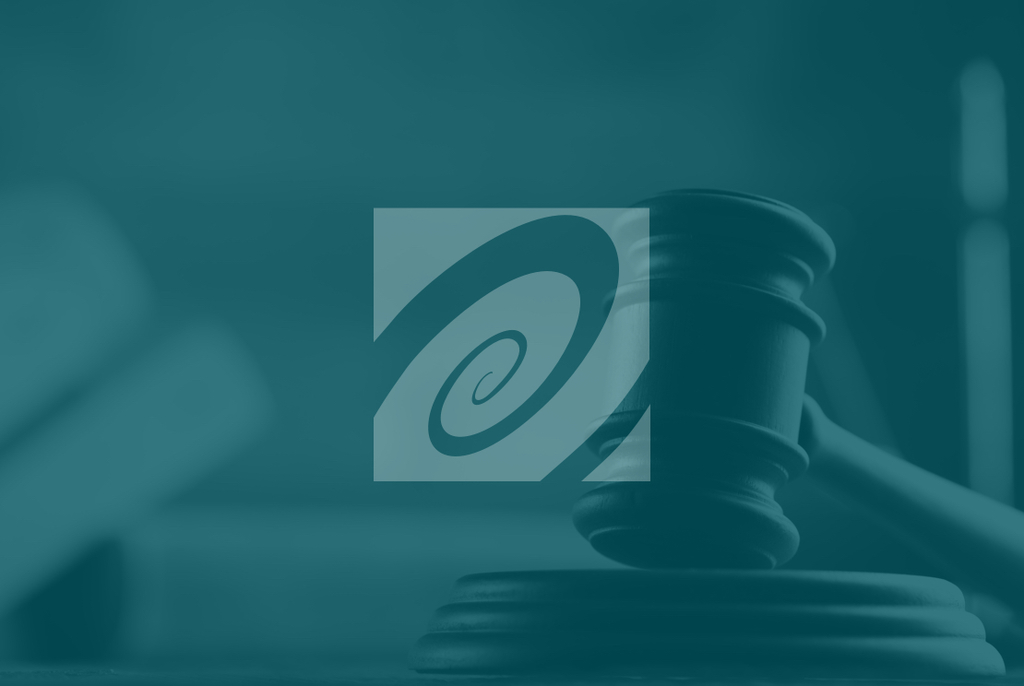Baltimore has a long history with successful planned communities. At the heart of each of these thoughtful, attractive, crafted developments (such as Sudbrook Park in Baltimore County, Roland Park, The Village of Cross Keys) is the intent that a careful layout of streets and amenities, and well-designed, attractive homes will foster a sense of neighborliness, where interaction and a spirit of community is stirred by the design of the living space.
These days, the creation of a new residential neighborhood is largely decided for, rather than by, the residents of the community, often based on decisions that have little to do with the experience of living in the community. How many houses can we cram onto this site? What is the quickest way to get people in and out of the neighborhood? What materials can we use to reduce our construction costs? The result: cookie-cutter houses with little character, a cluster of homes with little connection to the area, and little incentive for residents to interact.
As our population grows and we build new residential neighborhoods, developers and planners should include an important element in their development process: the input of the neighborhood’s residents.
The success of community involvement is evident in the new generation of planned communities being built throughout the country and here in Baltimore. Smart developers are actively working with communities—through public meetings and design sessions known as charettes—because this process produces more desirable (and sellable!) residences and better neighborhoods. Communities defined by residents are reflective of the values of the people that will live there. When residents are able to help specify what a house looks like and what features it includes, they are helping to create the most appropriate product for their area and for the people who live there, based on the preferences and nuances of that community.
When asked, residents quickly identify what is important to them and offer relevant design suggestions: houses in neighborhoods where residents are involved in the development process often feature front porches, so that neighbors can chat and meet informally. The current trend of wide sidewalks and clearly-marked crosswalks, as well as open green space, are the result of residents telling the developer that being outside (or having a place for kids to play, or having infrastructure conducive for exercise) is important to them.
Why does this matter to a developer? After all, once all the homes in a neighborhood are sold and the developer’s work is done, he (or she) moves on to the next project.
I can only offer the perspective of the conscientious developers, who see our role as stewards of a community, not just builders of housing. The homes we build and the neighborhoods we create are intended to enhance a community, not just line our pockets. So when residents get what they want from a new development, they care for their properties. They keep an eye on their community and look out for their neighbors. They develop a sense of neighborliness and pride that extends beyond the street where they live. This commitment is reflected in higher property values, and economic impact throughout the community. It reduces the strain on government services, as residents take care of themselves and each other—because they care about where they live.


